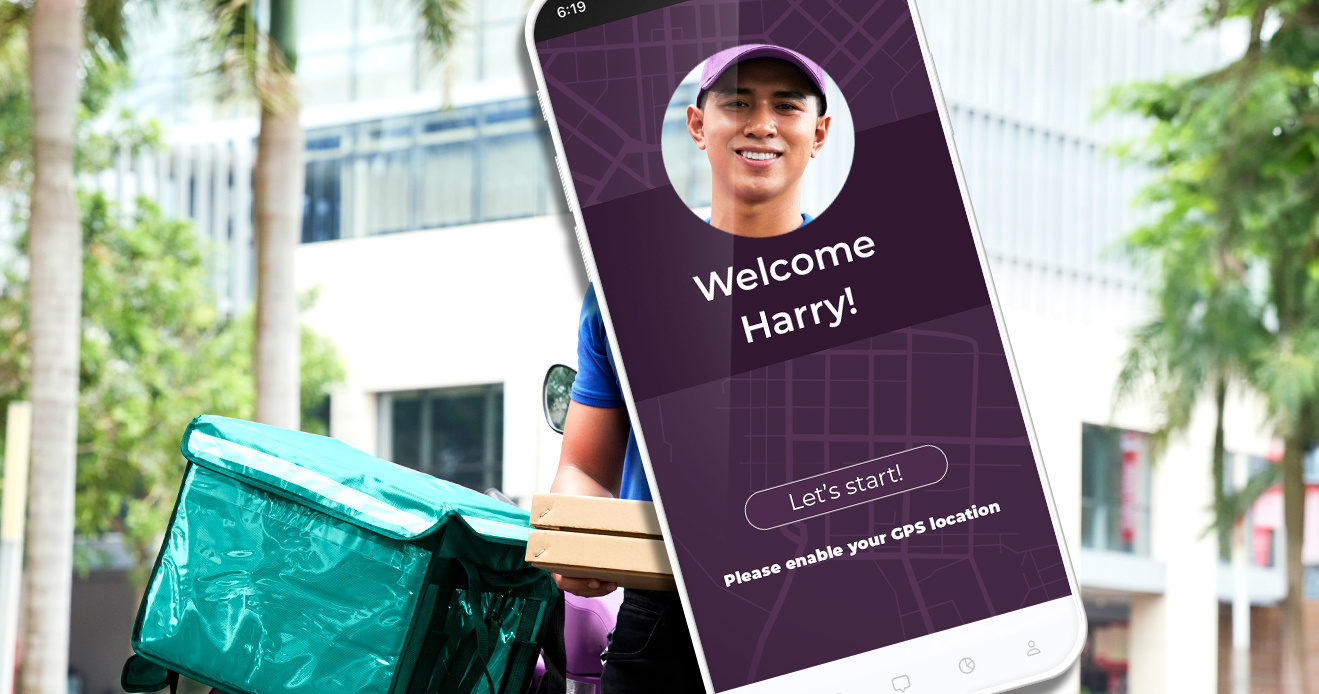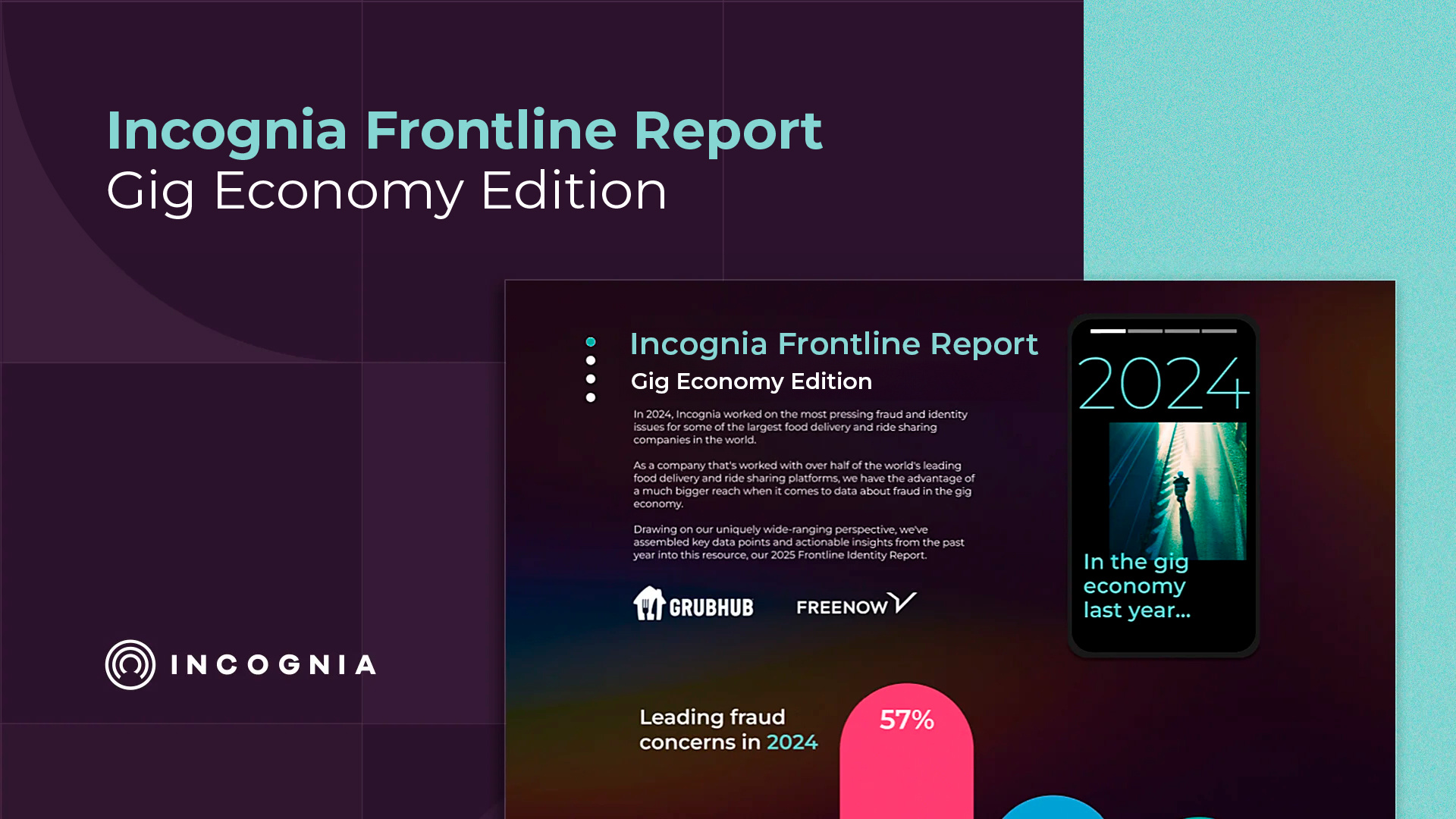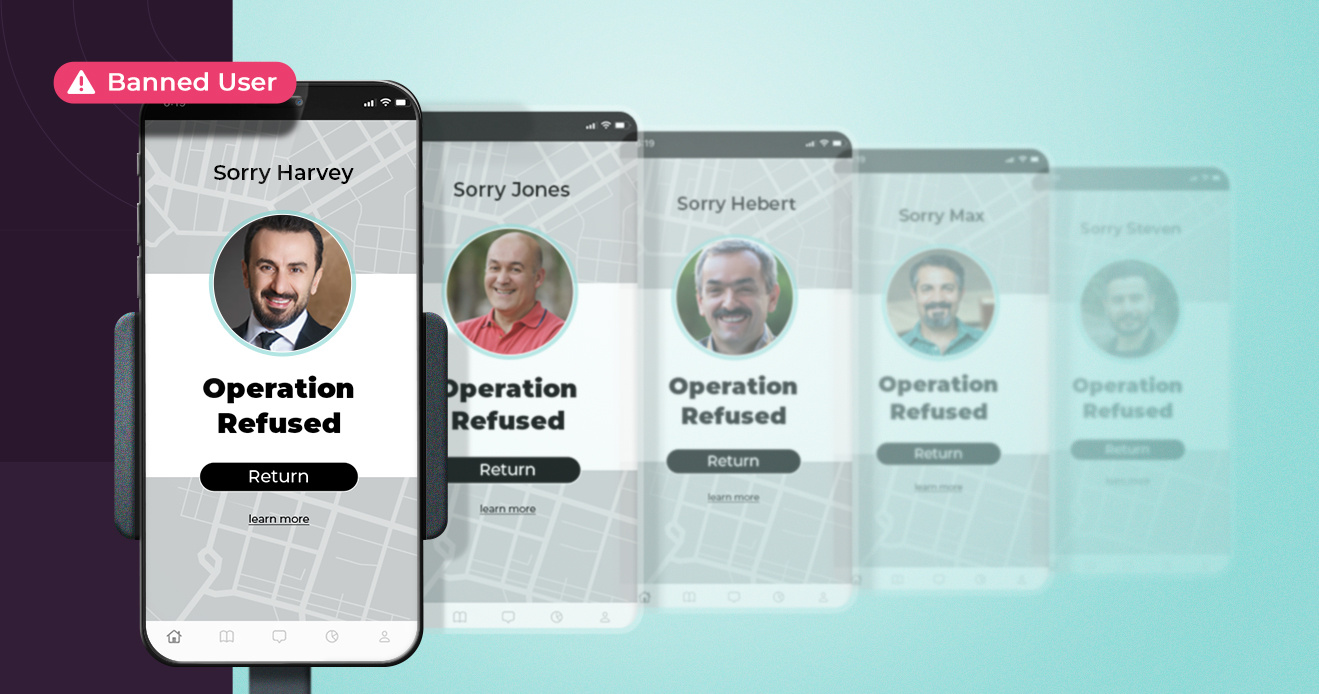- Blog
- Having Your Delivery and Eating it Too: Managing Food Delivery Fraud Without Causing Driver Churn
Having Your Delivery and Eating it Too: Managing Food Delivery Fraud Without Causing Driver Churn
Discover how the art of subtle engagement through incentives, passive risk assessments, and crystal-clear communication can revolutionize your approach to fraud management in the gig economy. Dive into our latest insights and learn how to find the perfect equilibrium.
Subscribe to the Incognia Newsletter
For those who prefer listening over reading, we've provided an audio transcription player below, allowing you to enjoy this post through your speakers or headphones.
In the ever-evolving landscape of the gig economy, food delivery platforms are seeking out innovative strategies to safeguard their ecosystems against fraud while also preserving a positive experience for drivers. Fraud prevention measures are essential to maintain trust and security, but they can often inadvertently deter new or existing drivers if implemented without care.
In Incognia’s webinar, “Pump the Brakes: Stopping Courier/Driver Fraud on Delivery Platforms”, our Global Head of Industry for Food Delivery and Ride Hailing, Eduardo Pires, talked with Just Eat Takeaway’s Senior Fraud Investigator Shawn Colpitts and Rappi’s Global Head of Courier Operations Felipe Cerqueira for a more nuanced understanding of how platforms manage driver fraud without bringing the hammer down on dedicated drivers.
Key TakeAways
- Driver fraud like location spoofing, unauthorized account sharing, and ban evasion have a negative impact on the customer experience & damage app credibility
- In some markets, driver talent pools are limited, meaning that some markets demand a more lax fraud response strategy than others
- Passive risk signals, incentives over punishments, account restrictions for high-risk drivers, etc. are all response strategies that can limit fraud risk without chasing away driver talent
Driver fraud is driving food delivery apps’ metrics down
Fraudsters are opportunistic and unfortunately, in food delivery platforms, they see a big opportunity to get more for less.
GPS Spoofing
In a market like local food delivery, location is everything—without accurate, untampered location signals, the app is vulnerable to bugs and abuse. People first started using downloadable GPS spoofing apps in 2016 with the rise of location-based app Pokémon Go, but since then, fraudsters have discovered they can also be used to take advantage of food and grocery delivery platforms, among others.
A courier spoofing their GPS location might fake being in a higher-fare area that’s outside of their actual radius. The driver gets paid more for accepting orders here, but customers have to wait much longer than reasonable for their deliveries. Similarly, with certain minimum wage laws in place for gig workers in cities like New York, couriers can use location spoofing to appear to be working before they actually are, demanding a wage for that time.
Account sharing
Because couriers are contractors, there’s some due diligence that platform administrators have to do in regards to tax liability, legal right to work, and background checking (for instance, do they have insurance? A safe driving record?) Not everyone who wants to get paid working for the app wants to submit to identity verification, so sometimes, they wait for another person to do it for them.
People who go through IDV on a food delivery app might share their account credentials and “rent” their account to people who don’t want to sign up for an account on their own. For a cut of the unauthorized driver’s earnings, they share accounts using a verified driver account and make money without ever having to complete IDV themselves.
Naturally, this presents some Trust & Safety concerns and liability risks for the app and its good users. Someone not verified could essentially be anyone—from a fraudster to a person with even more severe criminal intentions. Liability is higher for these unauthorized drivers, and in Incognia’s work with food delivery customers, we’ve found that they’re also much more likely than normal drivers to cancel or miss deliveries.
Ban evasion
Fraud prevention professionals don’t just sit and watch while fraudsters abuse their platform—every platform has their own response strategy, and sometimes that strategy includes bans. Banning someone from a platform is one of the most extreme consequences the platform can give, short of getting authorities involved, so when it happens, you want that offender to stay banned. Unfortunately, banned fraudsters usually have other plans. Ban evasion happens when banned users spoof device ID, use app tamperers, account share, or use other means to get back on the platform even after being banned once before.
This lowers the cost effectiveness of a fraud prevention department by forcing fraud fighters to spend resources on the same individuals repeatedly, not to mention that the fraudsters are still committing their abuses in the meantime.
How the driver talent pool can affect response strategy for fraud
Driver churn is always going to be a metric for food delivery apps to keep an eye on, but in some markets, it’s even more sensitive than most. As Shawn Colpitts of Just Eat Takeaway pointed out in our webinar, in markets with limited driver talent pools, even fraud response strategies are affected by the need to keep as many drivers working as possible. If you only have at or slightly above the number of available working drivers in a city that you need to service that city’s demand, you’ll naturally be much more limited on how many drivers you can ban or suspend for breaking policies—and you’ll be much more invested in preventing churn.
Fraud prevention usually comes along with some measure of friction, but that friction can be carefully limited to get a good balance of maintaining driver experience and upholding good security standards. For example, passive signals can be used to assess the risk level of given devices without needing to force drivers through additional verification hoops. Similarly, low-trust or new accounts can be restricted to doing business in certain lower-traffic areas or prevented from accessing certain privileges before they earn trust with good behavior—instead of outright punishment, the app can use these restrictions to keep more drivers on without adding undue risk to the operation.
Another important note is that even when talent isn’t limited, onboarding new drivers is expensive, so optimizing fraud prevention and response strategy can also mean optimizing costs for replacing banned or churned drivers.
Managing fraud prevention & response without losing drivers
You want to hold onto good drivers or even drivers that are only slightly delinquent, because without them, you can’t meet your customer demand. At the same time, letting driver fraud and policy abuse run unchecked is a recipe for disaster.
Incentives over punishments
Sometimes, you get better results with the carrot than the stick. In another of Incognia’s webinars, this time about user verification, Travis Dawson of StockX mentioned that they sometimes see more seller buy-in to verification measures by offering incentives for verification than they do by penalizing sellers who won’t verify. For instance, offering sellers an early deposit on their profits sometimes works as better motivation to do UV than threatening them with freezing their accounts, which often drives sellers to just start fresh with totally new, duplicate accounts.
Sometimes it’s better to incentivize drivers to follow policy and perform well than it is to punish those who don’t, particularly in markets where avoiding driver churn is critical due to low talent pool numbers. Every response strategy will be different, and response will vary with the severity of whatever abuse or noncompliance is committed, but where possible, incentivizing good behavior might be more effective than penalizing bad.
Restrictions over penalties for lower-trust drivers
When drivers first join a platform, they might naturally be lower-trust than drivers that have performed well for the platform for longer. Instead of punishing drivers for high risk markers or low time with the platform, it might be smarter to simply restrict some of their account’s features until verification or certain other trust markers are met. While this approach might be high-friction for a fraudster, for a legitimate user, they’re more likely to represent a natural pathway to full work with the platform.
Passive signals to support risk assessments without adding friction
Passive risk assessment signals like device integrity checks and location verification for anti-GPS spoofing and account sharing represent a way to help prevent fraud without adding friction for low-risk drivers. Device integrity checks look at a device’s installed apps as well as its operating system—rooting or jailbreaking, GPS spoofers, app cloners, virtualizers, and app tampering tools are all potential risk indicators that could point to a user having abusive intentions.
Similarly, location verification can help indicate trust if a driver is actually where they claim to be during logins and onboarding; location can also be used to cross reference a device’s current location with locations that have had a high concentration of fraud activity in the past.
Clear communication about policies and penalties
The majority of drivers and users on a platform are going to be there to use the app as intended—making the effort to communicate policies clearly and explain why they support the app’s stated goals can go a long way in getting user buy-in.
As Felipe Cerqueira of Rappi explained, people’s behavior can change, and those same people respond well to communication. Sometimes, inviting drivers in to see your perspective on certain policies can help them understand why said policies are in place, and what exactly they entail.
The balancing act between efficient fraud prevention and maintaining a robust driver workforce is delicate and requires a nuanced approach. By leaning towards incentives, imposing thoughtful restrictions on newer, lower-trust drivers, and utilizing passive signals for risk assessments, food delivery apps can keep necessary friction to a minimum.
The goal is to foster an environment of compliance and trust that benefits all parties—drivers, customers, and the platform itself. The path to achieving this balance is complicated but still attainable using strategic and considerate policies that support the platform's integrity without compromising its workforce.
To learn more about how Incognia has helped food delivery platforms address suspicious courier behaviors, you can visit our food delivery industry page here.




